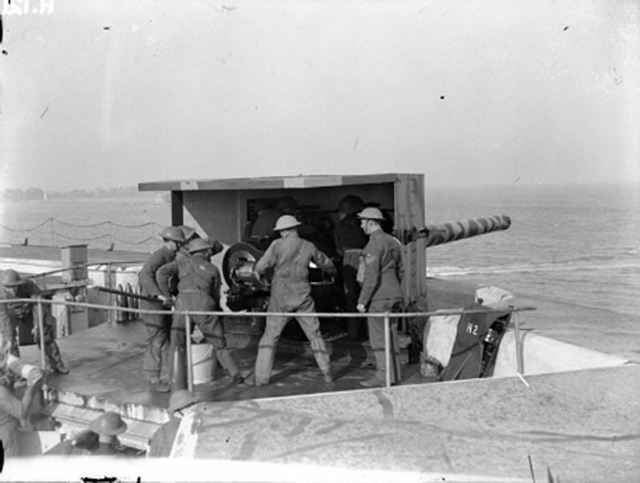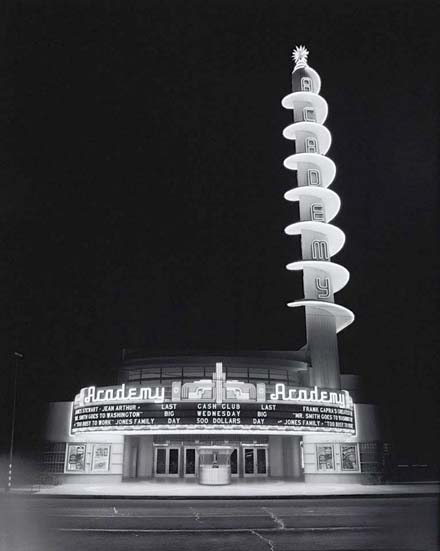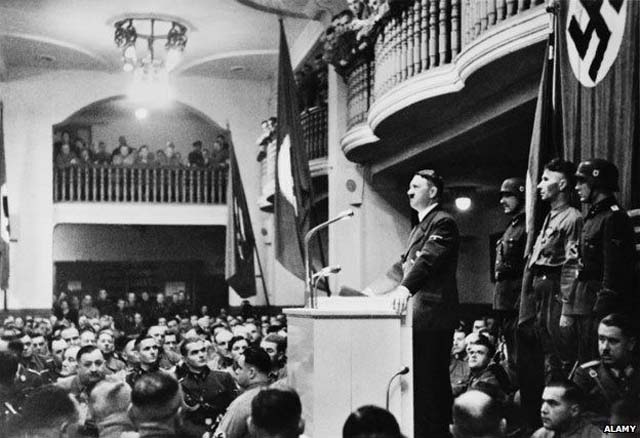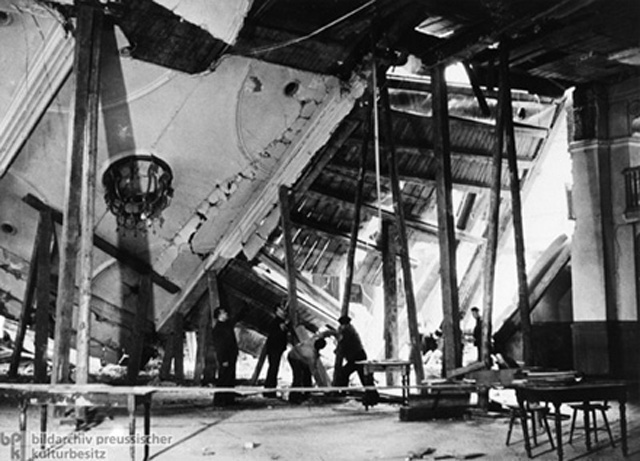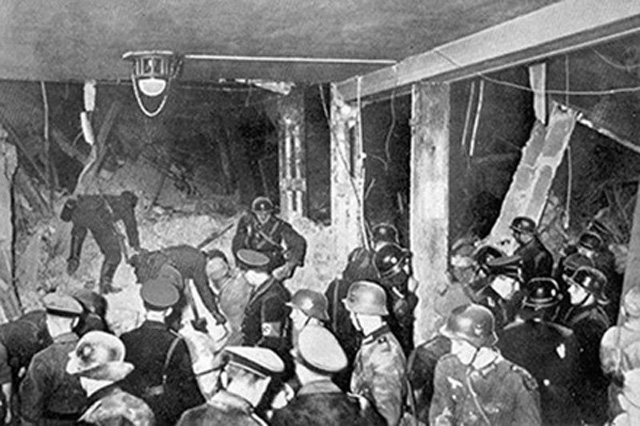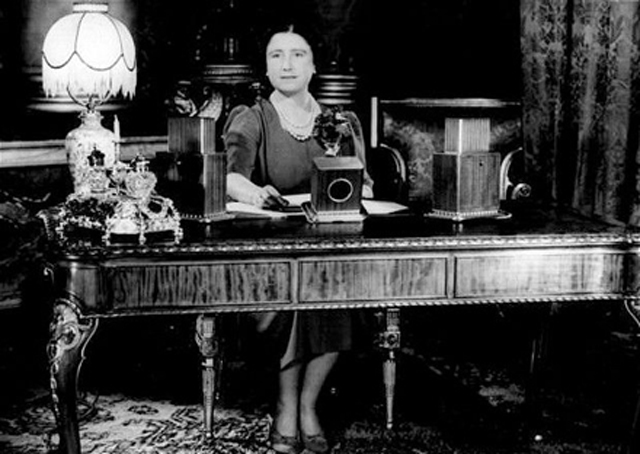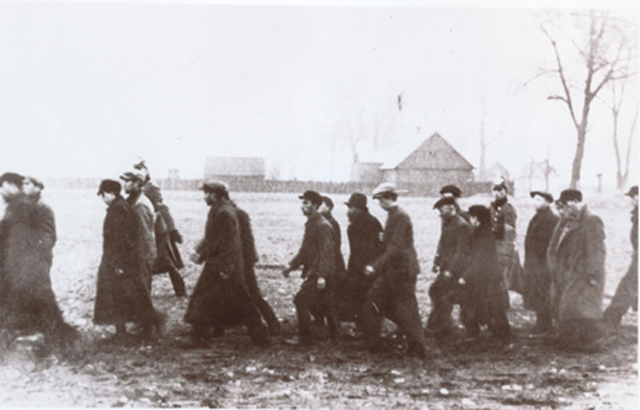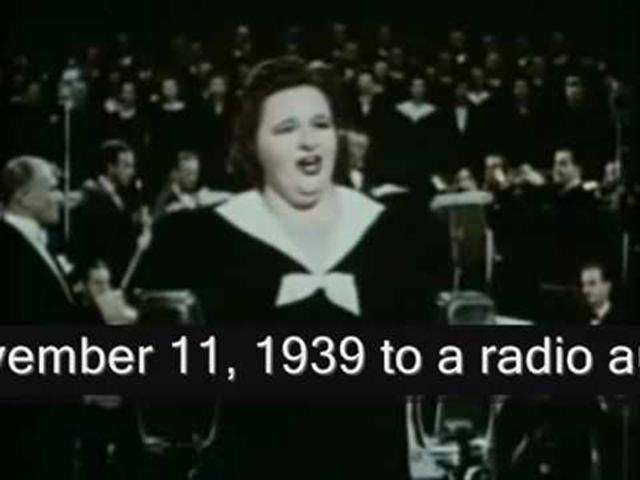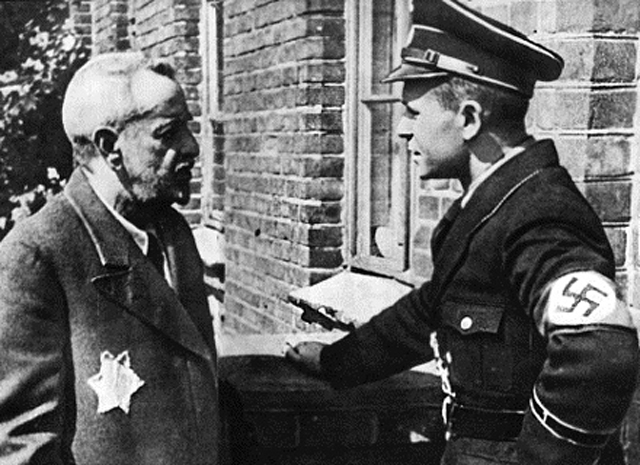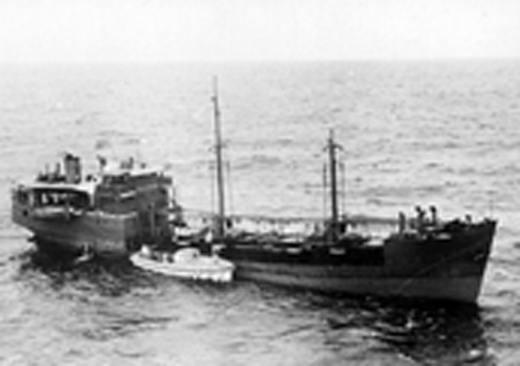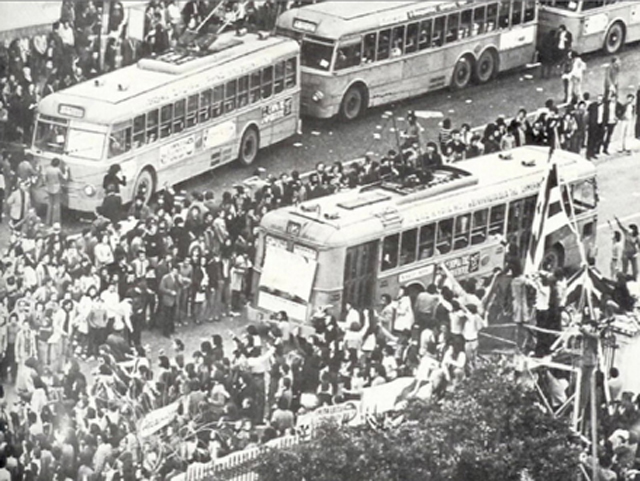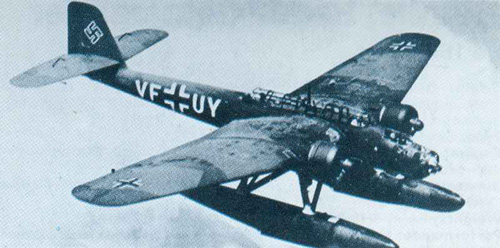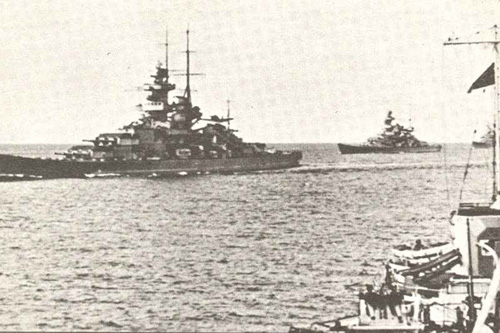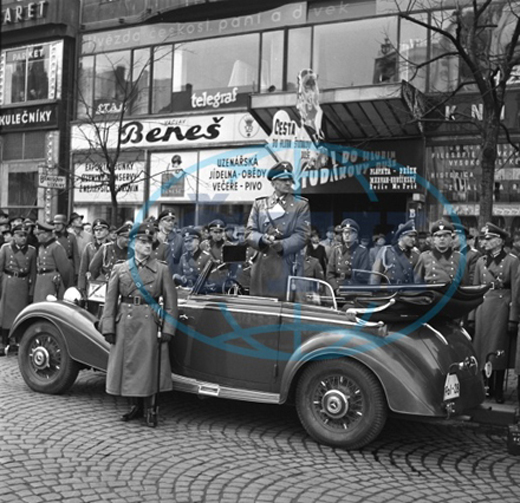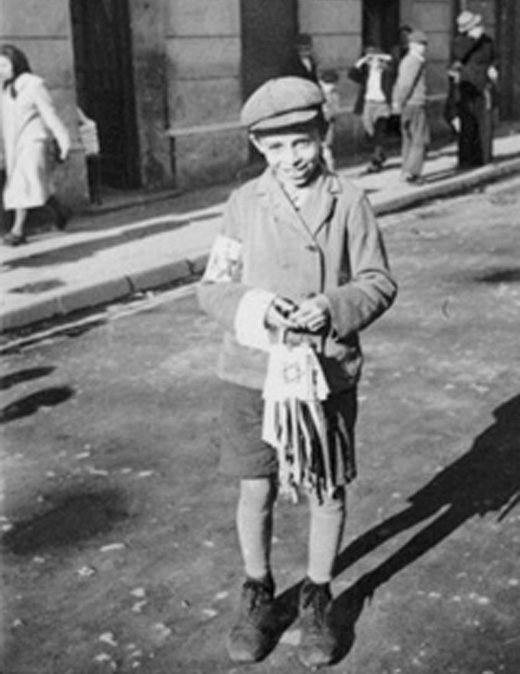Battle of the Atlantic - The British steamer Sheaf Crest (2730t) hits a mine and sinks in the Thames Estuary with the loss of 1 crewman. This is the result of the German destroyer minelaying operation in the Thames Estuary the night of the 12th. 12 survivors are picked up by the Polish destroyer Blyscawica and taken to Harwich. 15 other survivors are picked up and taken to Ramsgate.
- The Norwegian steamer Realf (8083t) hits a mine and sinks off the Humber with the loss of 1 crewman. This is the result of the German destroyer minelaying operation in the Thames Estuary the night of the 18th. The survivors are rescued by the Italian steamer Santagata.
[  | |   ] ]
Finland - Winter War The Russo-Finnish War begins. The Soviets invade Finland. Without a declaration of war they cross the border at several points including Rajajoki, Joutselkä and Lipola. On the Karelian Isthmus the Soviet artillery opens fire at 0650 hours. In the Ladoga Karelia the Finnish covering force joins battle along the entire length of the eastern border. President Kyösti Kallio turns over control of the Armed Forces to Marshal Mannerheim and announces at 1330 hours that the country is in a state of war. Soviet troops occupy the uninhabited island of Seiskari. On the Eastern Isthmus Group Rautu makes contact with the Soviets during the evening. There is intense fighting at Palkeala as the Finnish troops repulse an attempt to break through by the Russians. Many civilians are trapped or captured near Suojärvi and on the islands in the Gulf of Finland and at Salmi, Suomussalmi and Petsamo. During the course of the day 16 Finnish cities are bombed by Soviet aircraft. Among those are Viipuri (10 dead, 11 injured), Helsinki (91 dead, 236 injured), Enso, Lahti ( 5 dead, 1 injured) and Hanko.
Soviet Bombers
|
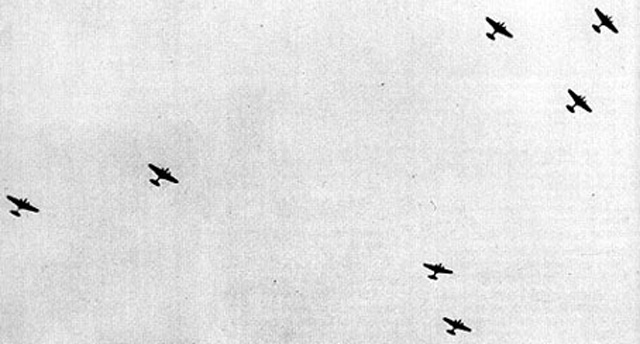 |
|
|
|
The Finnish army can only muster about 150,000 men in 9 divisions, with a tenth being formed. There are also a number of smaller independent units but their reserves of manpower are small. They have little heavy equipment and virtually no tanks. They are handicapped here in having relied on their limited domestic arms production since late 1938 in an attempt to confirm their neutrality. Ammunition is an especially pressing problem and even toward the end of the war shell production will be only about 10 rounds per day for each gun in the army. The air force has about 100 planes which are not very modern. These weaknesses are partly offset by the training and morale of the Finnish troops. They are especially adept in rapid cross-country movement in winter conditions. Such conditions do, however, partly devalue the normal defensive strength of much of the terrain in the Karelian Isthmus, interspersed as it is with river lines and marshy ground. There are also some fairly strong fortifications in this area but the system is by no means comprehensive.
Bombing of Finland
|
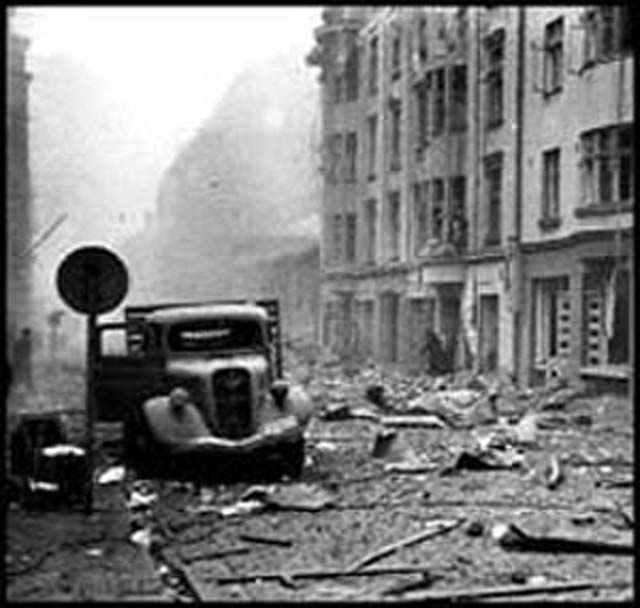 |
|
|
|
The Soviet forces present a very different picture. Their divisions are larger, with artillery components 3 times as strong as their Finnish counterparts and each is accompanied by more tanks than the entire Finnish army possesses. Independent tank and artillery units add even more weight. At the start the Soviets employ 26 divisions (not all at full strength), mustered in 4 armies. 7th Army, the strongest with 12 divisions, attacks the 5 Finnish divisions on the Karelian Isthmus. 8th Army advances in the area immediately to the north of Lake Ladoga. 9th Army attacks from Soviet Karelia in the direction of the head of the Gulf of Bothnia and 14th Army moves out from Murmansk in the far north. Despite this lavish deployment in greater strength than the Finns expect, the Soviets are not well prepared for the winter conditions and the coordination between their infantry and other arms is not at all good. Their preparations have been rushed.
In addition to renouncing the Non-Aggression Treaty with Finland of 1932, the Soviets announce that their action is in support of the Finnish People's Government whose existence at Terijoki is now announced. This puppet organization is led by Otto Kuusinen, an exile who has long been a member of the Comintern.
Helsinki Bombed
|
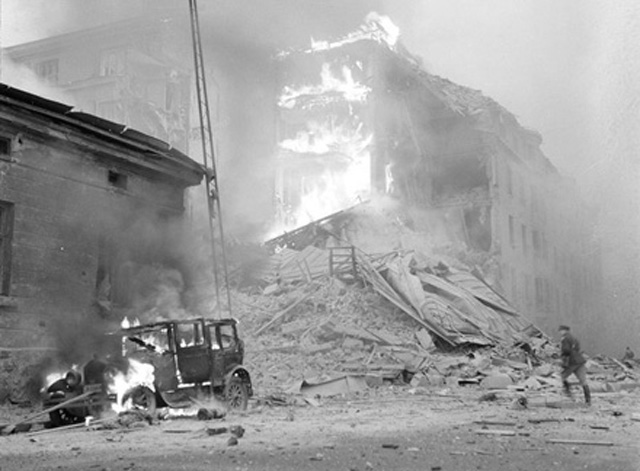 |
|
|
[  | |   ] ]
|
